





Nakshatra is an integral part of Hindu astrology, have roots that extend back approximately 5000 years. The term “Nakshatra” is derived from the Sanskrit words “naksha” (map) and “tara” (star), reflecting their foundational role in the ancient star maps of Indian astronomy. In Vedic astrology, the sky is divided into 27 Nakshatras, each representing a specific section of the celestial sphere. These Nakshatras are crucial for understanding the lunar months and are believed to influence human behavior and destiny. Each Nakshatra is associated with particular deities, symbols, and qualities.
Historically, Nakshatras were used to time rituals and agricultural activities, reflecting their practical application in daily life. Ancient texts like the Rigveda and the Atharvaveda make references to Nakshatras, underscoring their significance in Vedic culture.
This ancient system continues to guide millions of people in their spiritual lives.
The horse-headed symbol in gold is known as ‘Ashwini Nakshatra.’ The Gods that belong to Ashwini Nakshatra are “Ashwin Kumars.” In all the nakshatras, Ashwini is the first one in astrology. By worshipping the two gods of Ashwini Nakshtra will be helpful for you to achieve heights in education, health, and medical outcome. This Nakshatra belongs to Dev Gana.
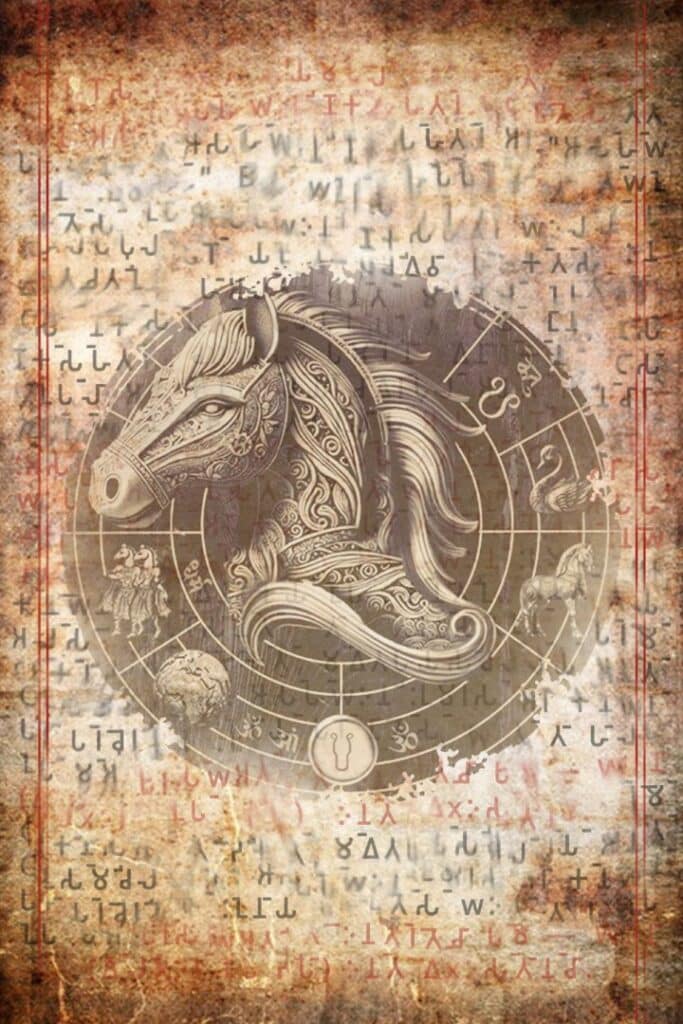

Bharani Nakshatra holds a significant place in Vedic astrology, symbolizing the journey of birth, transformation, and renewal. It is the second Nakshatra, characterized by its association with the deity Yama, the god of death. This celestial domain encompasses profound meanings and influences that shape the lives of those born under its sway.
Krittika Nakshatra holds a revered place in Vedic astrology, representing a celestial domain of immense significance and influence. As the third Nakshatra, it embodies qualities of leadership, determination, and fiery energy. Governed by the planet Sun and symbolized by a razor or a flame, Krittika Nakshatra exerts a profound impact on the lives and destinies of those born under its auspices.


Rohini is a very admired Nakshatra in Vedic astrology, known for its nurturing and creative energies. As the fourth Nakshatra, it holds a special place in the cosmic tapestry, governed by the planet Moon and symbolized by a cart or a chariot. Rohini Nakshatra is associated with qualities of beauty, abundance, and sensuality, making it a symbol of fertility, growth, and prosperity.
Mrigashirsha is the fifth Nakshatra in Vedic astrology, encompassing the zodiac signs of Taurus and Gemini. Symbolized by the deer’s head, this Nakshatra represents the pursuit of knowledge, exploration, and sensitivity. Its ruling planet is Mars, infusing individuals born under its influence with energy, drive, and curiosity.
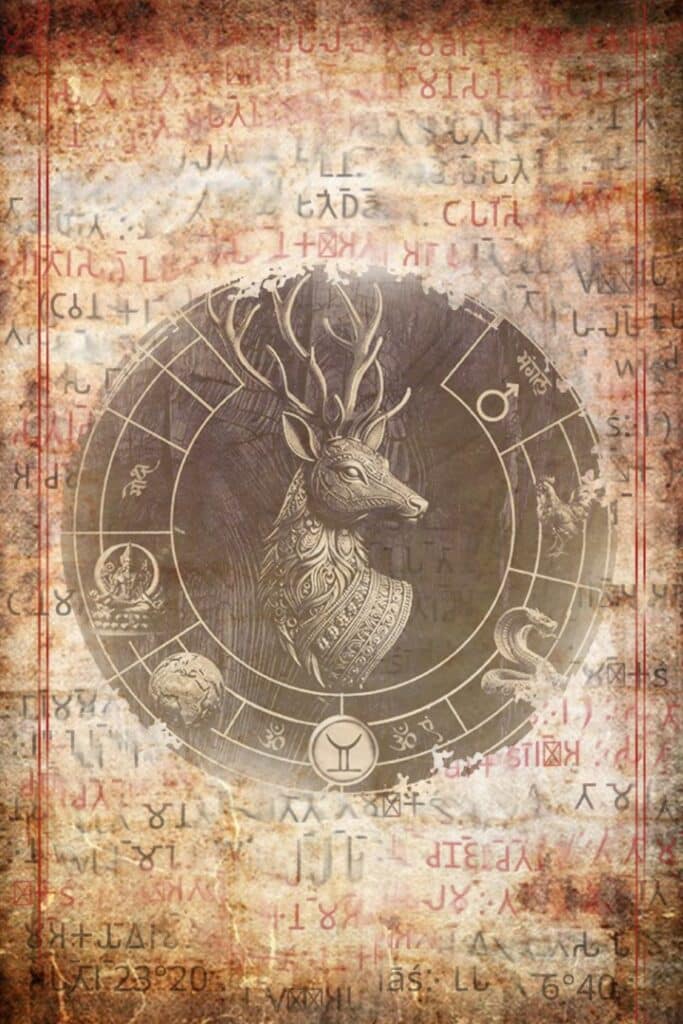

Ardra is the sixth Nakshatra in Vedic astrology, spanning the zodiac sign of Gemini. Symbolized by a teardrop or a diamond, this Nakshatra is ruled by the planet Rahu, which imbues it with intense energy, transformation, and upheaval. Ardra Nakshatra is associated with the concept of destruction and creation, symbolizing the stormy and turbulent aspects of life.
Punarvasu , the seventh Nakshatra in Vedic astrology, extends across the zodiac signs of Gemini and Cancer. It is represented by a quiver of arrows, symbolizing its essence of renewal, expansion, and versatility. The ruling planet of Punarvasu is Jupiter, infusing individuals born under this Nakshatra with optimism, wisdom, and a sense of abundance.
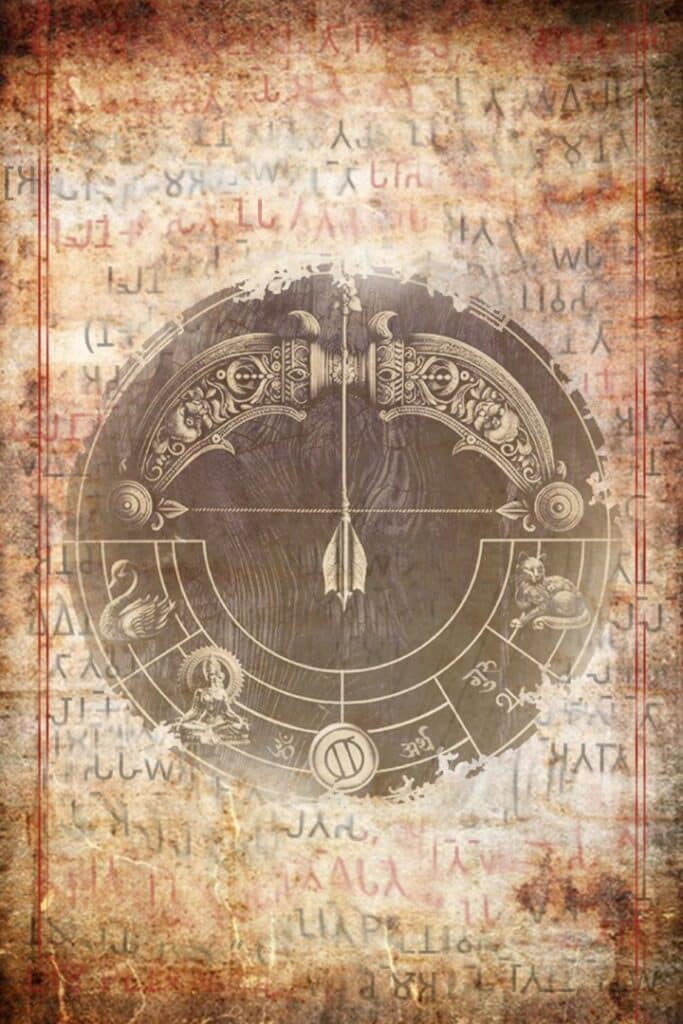
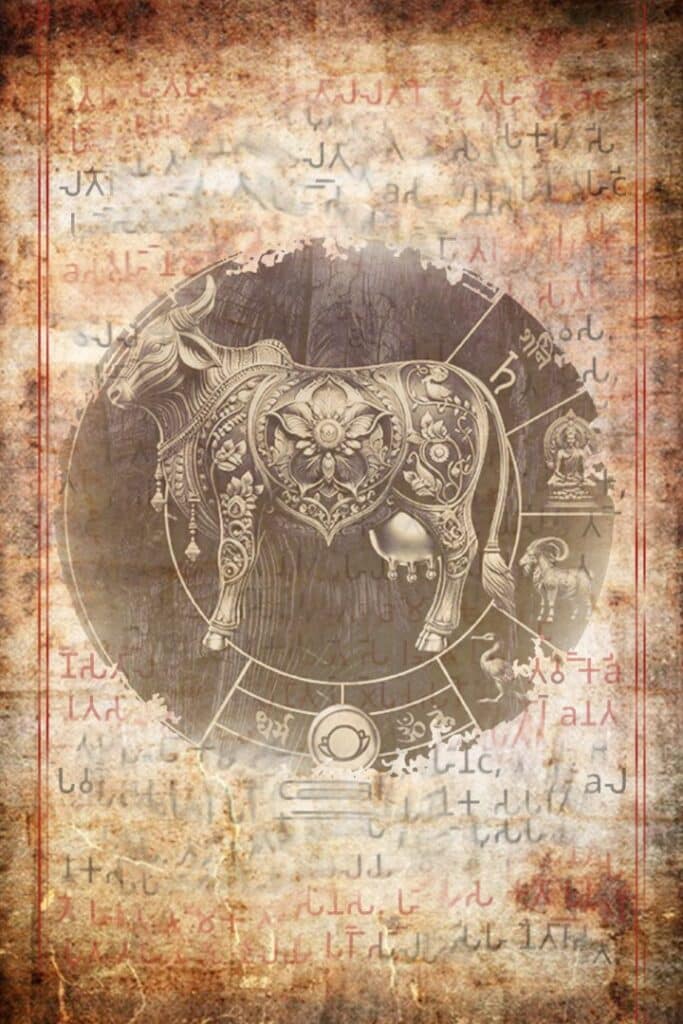
Pushya Nakshatra is revered in Vedic astrology, symbolizing nourishment, growth, and nurturing. It is the eighth Nakshatra, represented by a cow’s udder, and governed by the planet Saturn. Those born under Pushya Nakshatra are often blessed with a caring and supportive nature, contributing positively to their communities.
Ashlesha Nakshatra holds a significant place in Vedic astrology, symbolizing mystique and transformation. As the ninth Nakshatra, it is associated with the serpent deity Naga and governed by the planet Mercury. This celestial domain influences those born under its sway with wisdom, cunning, and the power to bring about change.
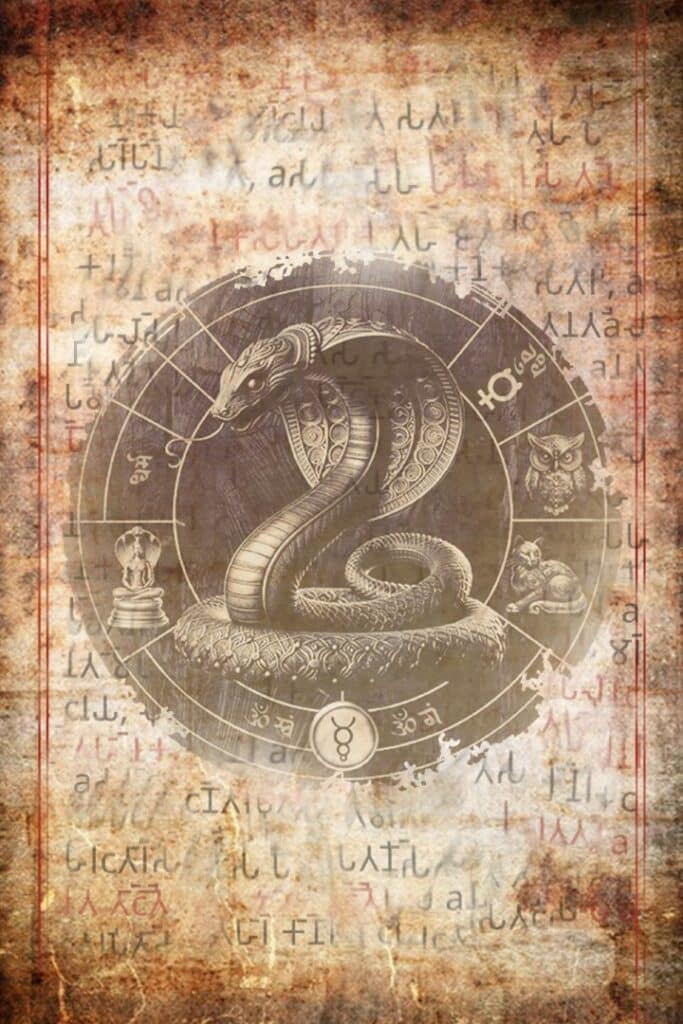
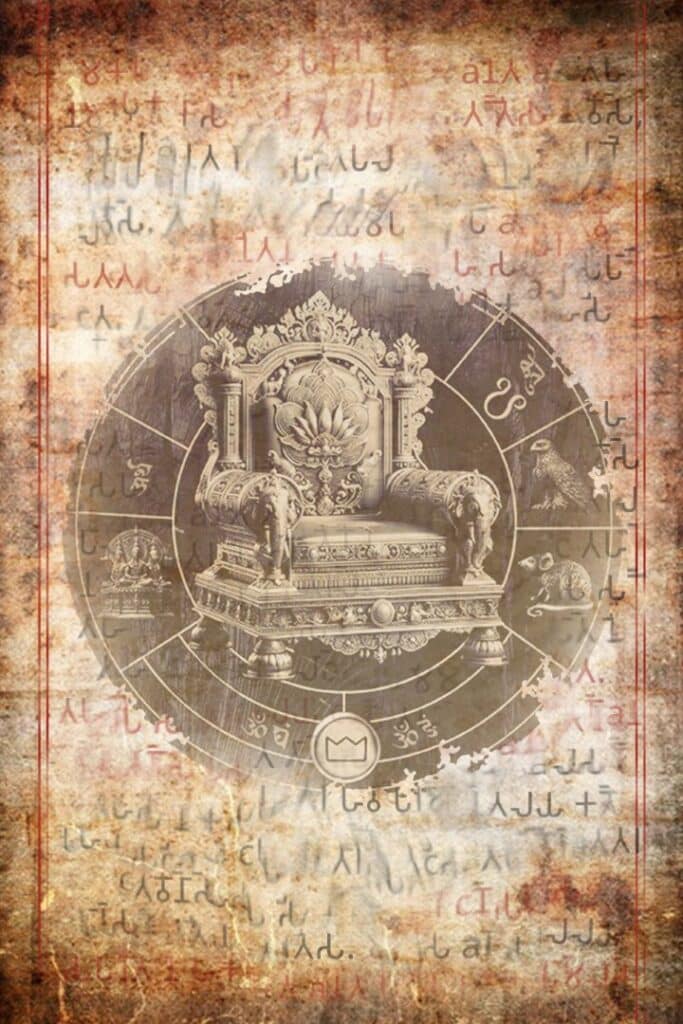
Magha Nakshatra is a powerful force in Vedic astrology, representing regal authority and tradition. It is the tenth Nakshatra, symbolized by a throne room, and governed by the planet Ketu. Those born under Magha Nakshatra often exhibit leadership qualities and a deep connection to their heritage.
Purva Phalguni Nakshatra signifies creativity, pleasure, and enjoyment in Vedic astrology. As the eleventh Nakshatra, it is symbolized by the front legs of a cot and governed by the planet Venus. Individuals born under Purva Phalguni are often drawn to artistic pursuits and the comforts of life.
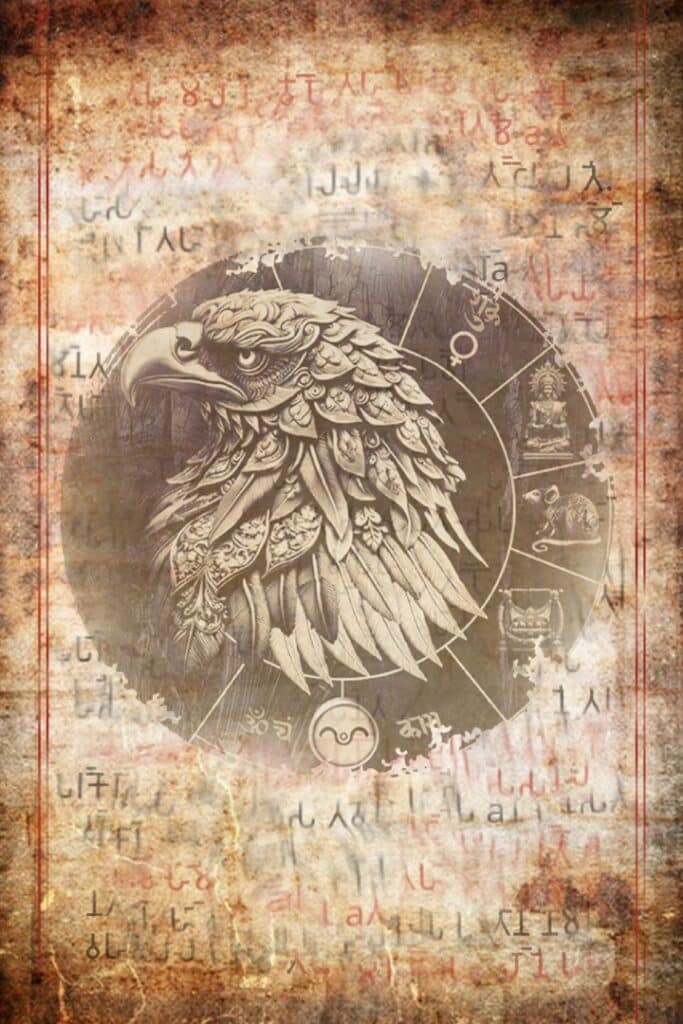
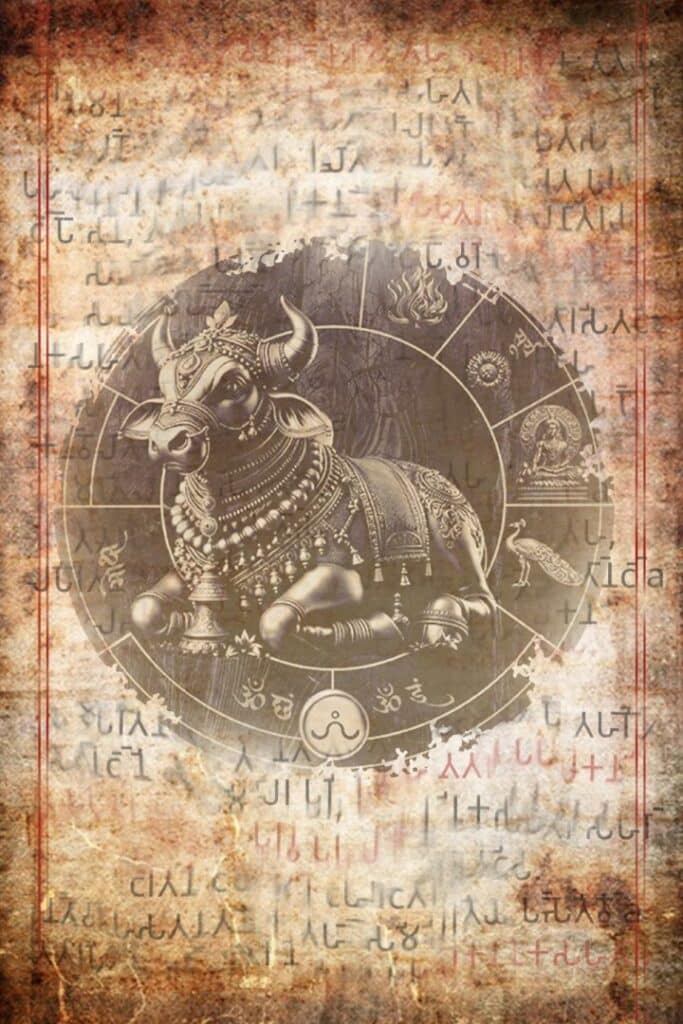
Uttara Phalguni Nakshatra symbolizes service, helpfulness, and partnerships. It is the twelfth Nakshatra, represented by the back legs of a cot, and governed by the planet Sun. Those born under this Nakshatra are practical, supportive, and skilled in forming lasting relationships.
Hasta Nakshatra is associated with dexterity and craftsmanship in Vedic astrology. It is the thirteenth Nakshatra, symbolized by a hand, and governed by the planet Moon. People born under Hasta are known for their manual skills, productivity, and ability to create with precision.
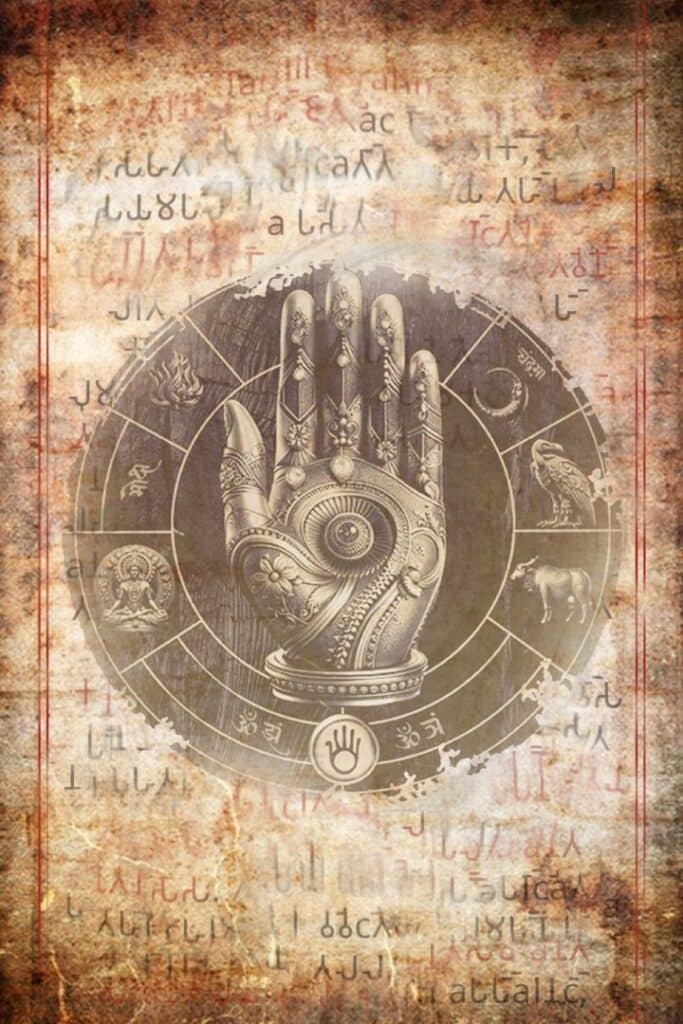
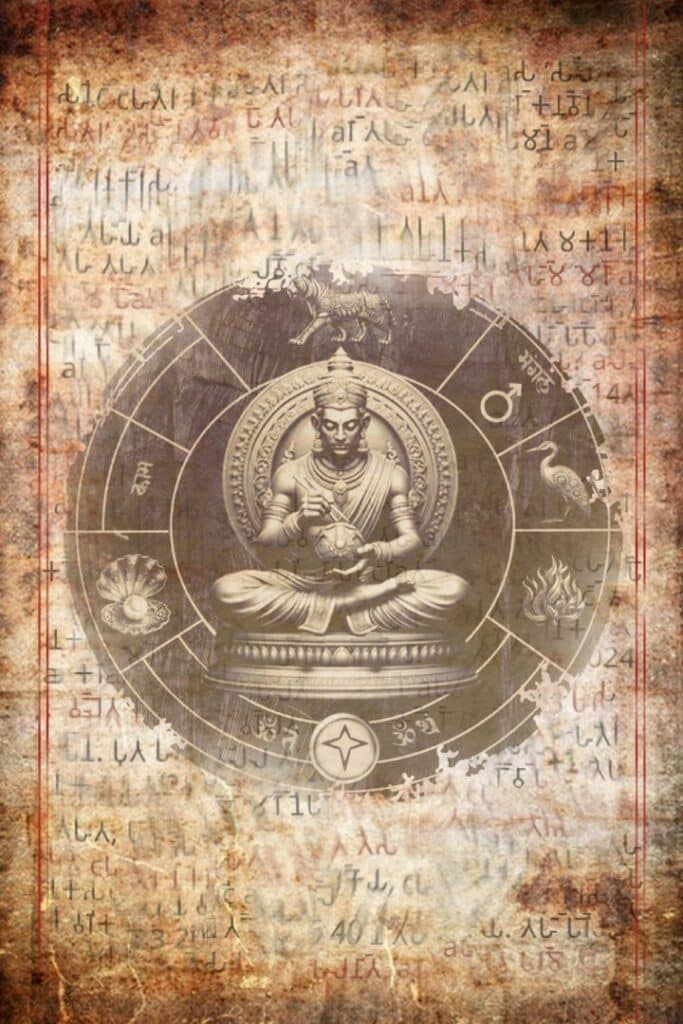
Chitra Nakshatra is revered for its connection to beauty and aesthetics. As the fourteenth Nakshatra, it is symbolized by a shining jewel and governed by the planet Mars. Individuals born under Chitra are often creative, artistic, and have a keen sense of visual appeal.
Swati Nakshatra holds a unique place in Vedic astrology, symbolizing independence and flexibility. It is the fifteenth Nakshatra, represented by a young plant shoot blowing in the wind, and governed by the planet Rahu. Those born under Swati are adaptable, free-spirited, and able to navigate changes with ease.

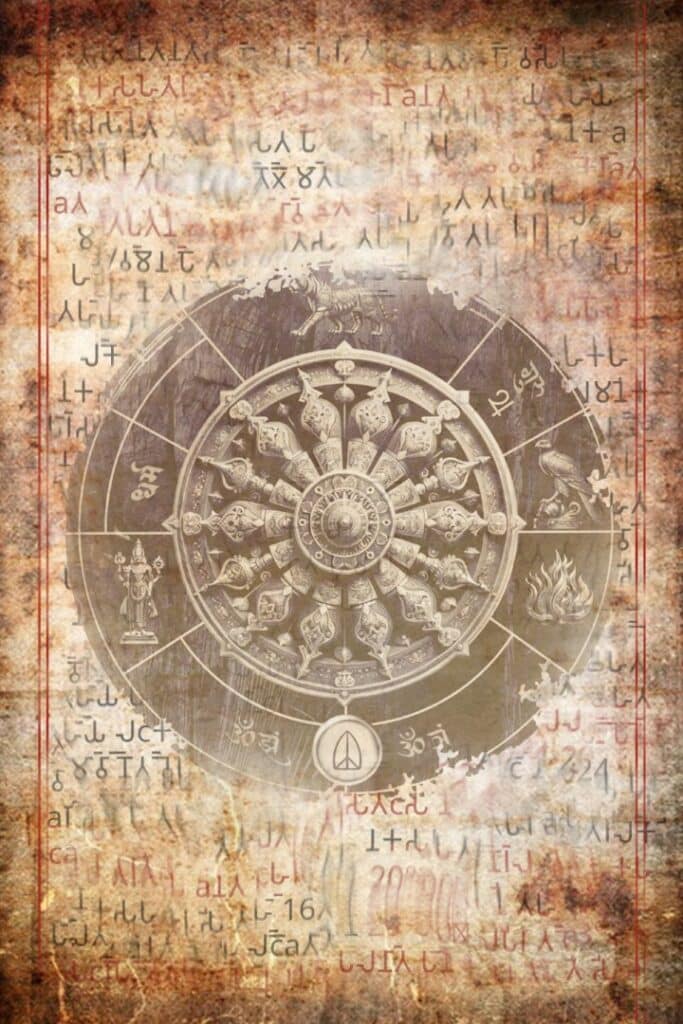
Vishakha Nakshatra is known for its association with ambition and determination. It is the sixteenth Nakshatra, symbolized by a triumphal arch, and governed by the planets Jupiter and Mars. People born under Vishakha are goal-oriented, persistent, and driven to achieve success through hard work.
Anuradha Nakshatra symbolizes friendship, loyalty, and cooperation. It is the seventeenth Nakshatra, represented by a lotus flower, and governed by the planet Saturn. Those born under Anuradha are supportive, team-oriented, and excel in building strong relationships.
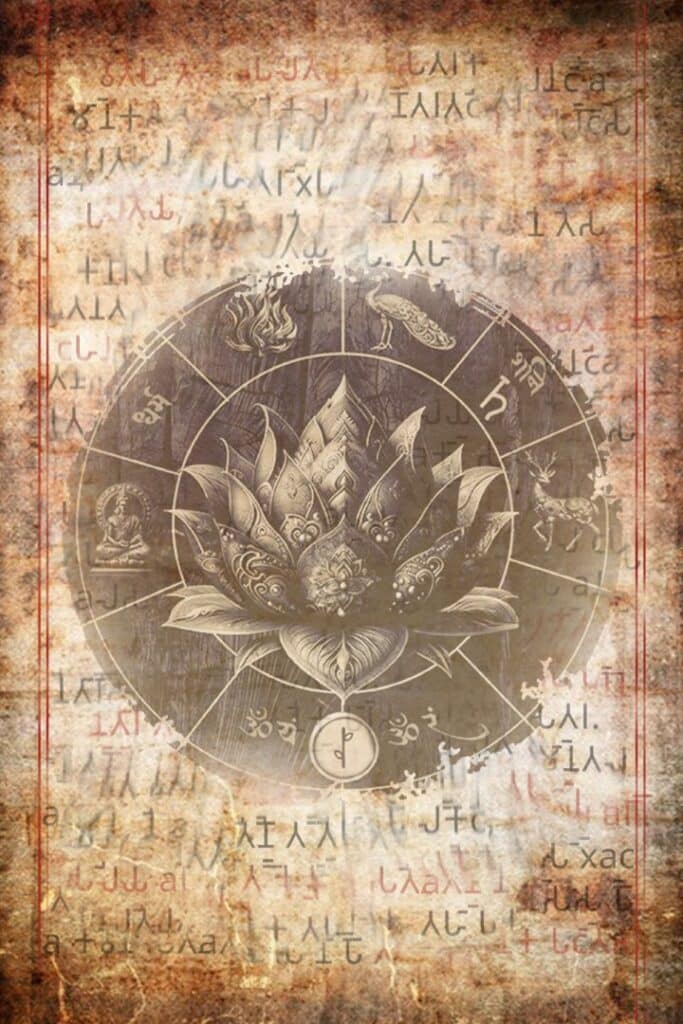
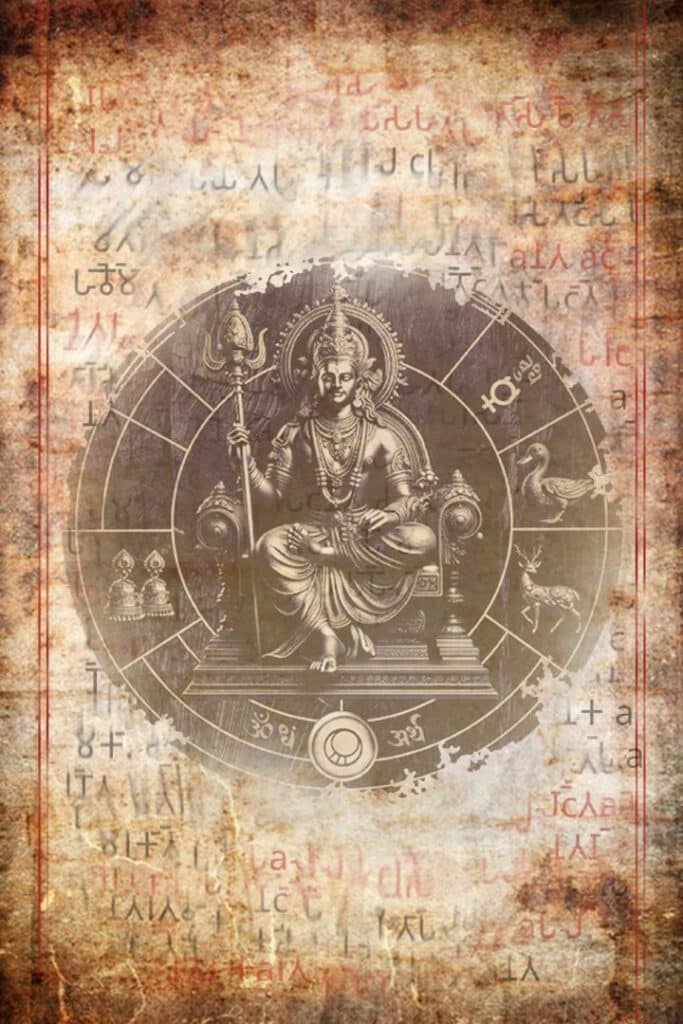
Jyeshtha Nakshatra holds prominence and authority in Vedic astrology. It is the eighteenth Nakshatra, symbolized by an earring, and governed by the planet Mercury. Individuals born under Jyeshtha often exhibit leadership qualities, responsibility, and a protective nature.
Mula Nakshatra represents roots and foundational understanding. It is the nineteenth Nakshatra, symbolized by a bunch of roots tied together, and governed by the planet Ketu. Those born under Mula are deeply inquisitive, seeking to understand the core essence of life.
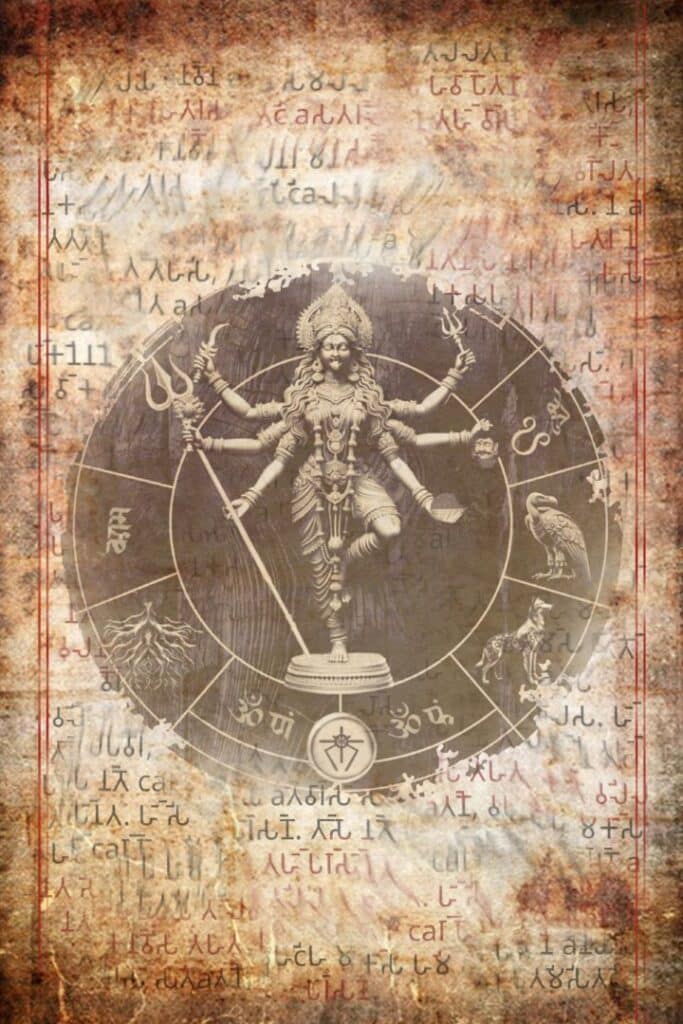

Purva Ashadha Nakshatra is known for its invincibility and strength. It is the twentieth Nakshatra, symbolized by a winnowing basket, and governed by the planet Venus. People born under Purva Ashadha are empowered, victorious, and capable of significant growth and expansion.
Uttara Ashadha Nakshatra symbolizes final success and accomplishment. It is the twenty-first Nakshatra, represented by an elephant’s tusk, and governed by the planet Sun. Those born under Uttara Ashadha are persistent, achieving lasting recognition and success.

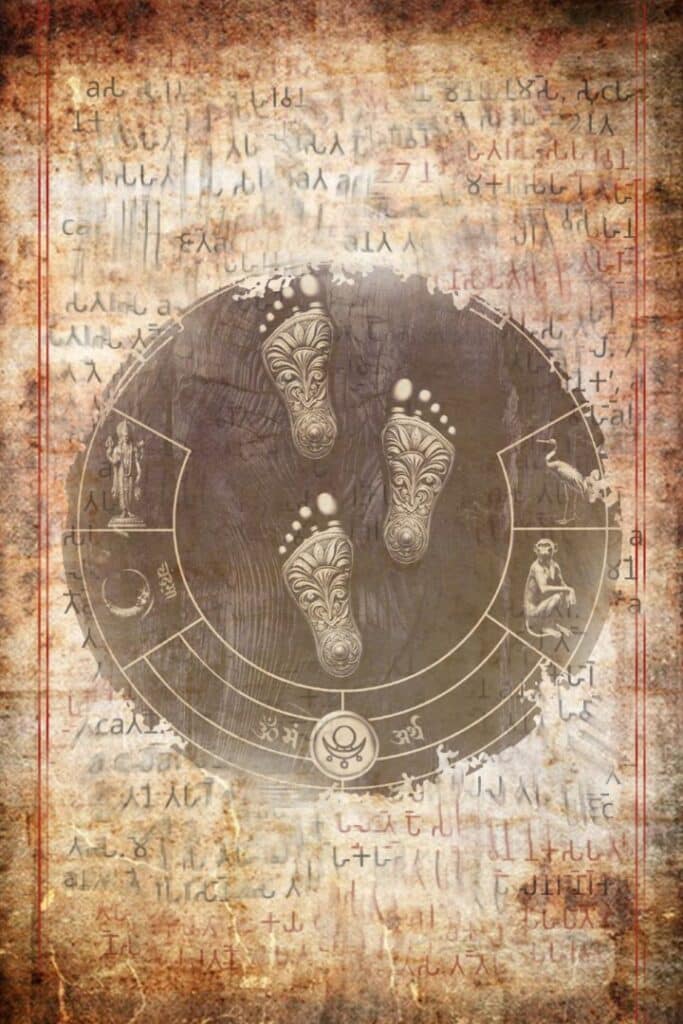
Shravana Nakshatra is revered for its connection to learning and wisdom. It is the twenty-second Nakshatra, symbolized by an ear, and governed by the planet Moon. Individuals born under Shravana are keen listeners, highly educated, and dedicated to the pursuit of knowledge.
Dhanishta Nakshatra symbolizes wealth and musical talent. It is the twenty-third Nakshatra, represented by a drum, and governed by the planet Mars. People born under Dhanishta are prosperous, rhythmically inclined, and contribute to society through their talents.
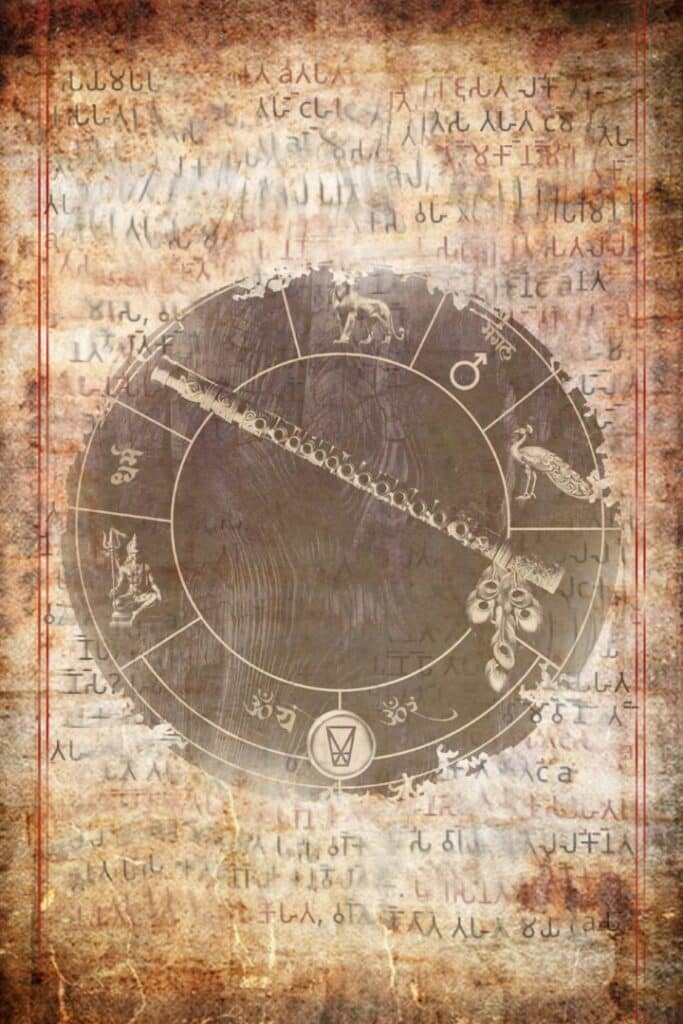
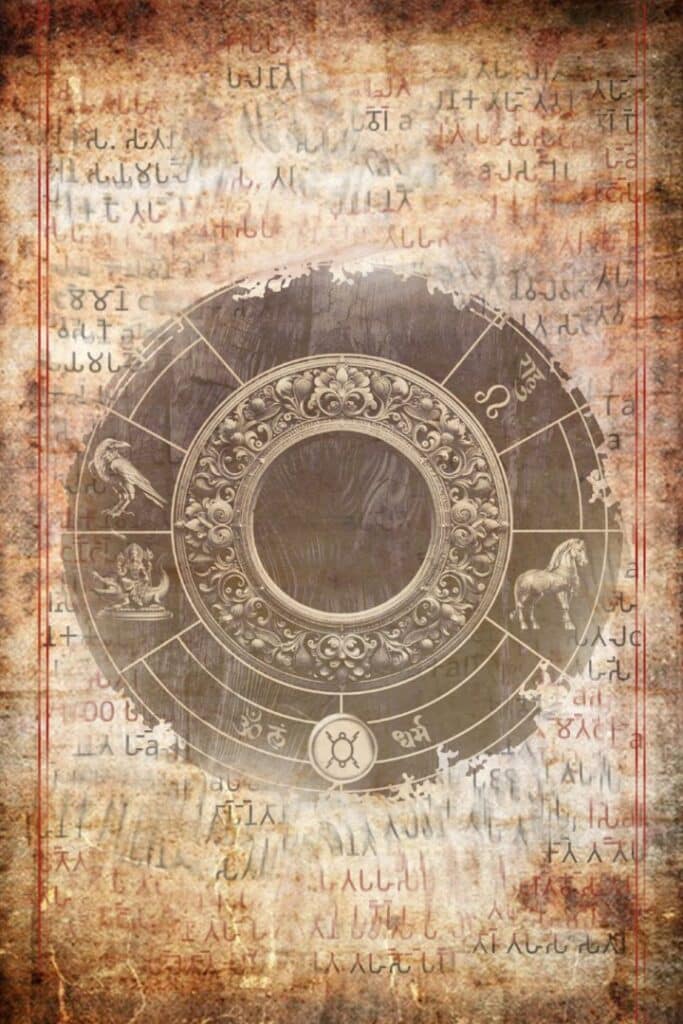
Shatabhisha Nakshatra is known for its healing and mysterious qualities. It is the twenty-fourth Nakshatra, symbolized by a circle, and governed by the planet Rahu. Those born under Shatabhisha are healers, seekers of hidden truths, and adept at discovering new insights.
Purva Bhadrapada Nakshatra symbolizes inspiration and transformation. It is the twenty-fifth Nakshatra, represented by the front part of a funeral cot, and governed by the planet Jupiter. Individuals born under Purva Bhadrapada are visionary, spiritually awakened, and capable of profound change.

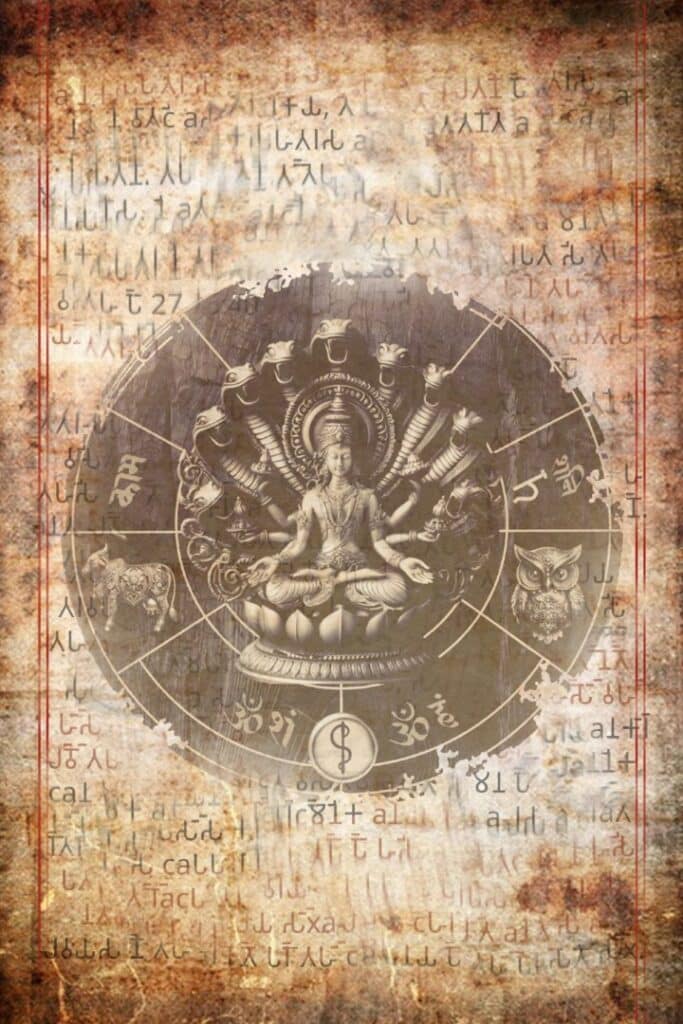
Uttara Bhadrapada Nakshatra represents stability and depth. It is the twenty-sixth Nakshatra, symbolized by the back part of a funeral cot, and governed by the planet Saturn. Those born under Uttara Bhadrapada are patient, strong, and provide a stable foundation for others.
Revati Nakshatra is revered for its association with abundance and completion. It is the twenty-seventh Nakshatra, symbolized by a fish, and governed by the planet Mercury. Individuals born under Revati are nurturing, fulfilled, and offer protective qualities to ensure successful outcomes.

Copyright © 2024 Salasar Balaji Creations PVT. LTD. All Rights Reserved.
Developed & Hosted by Broodle.